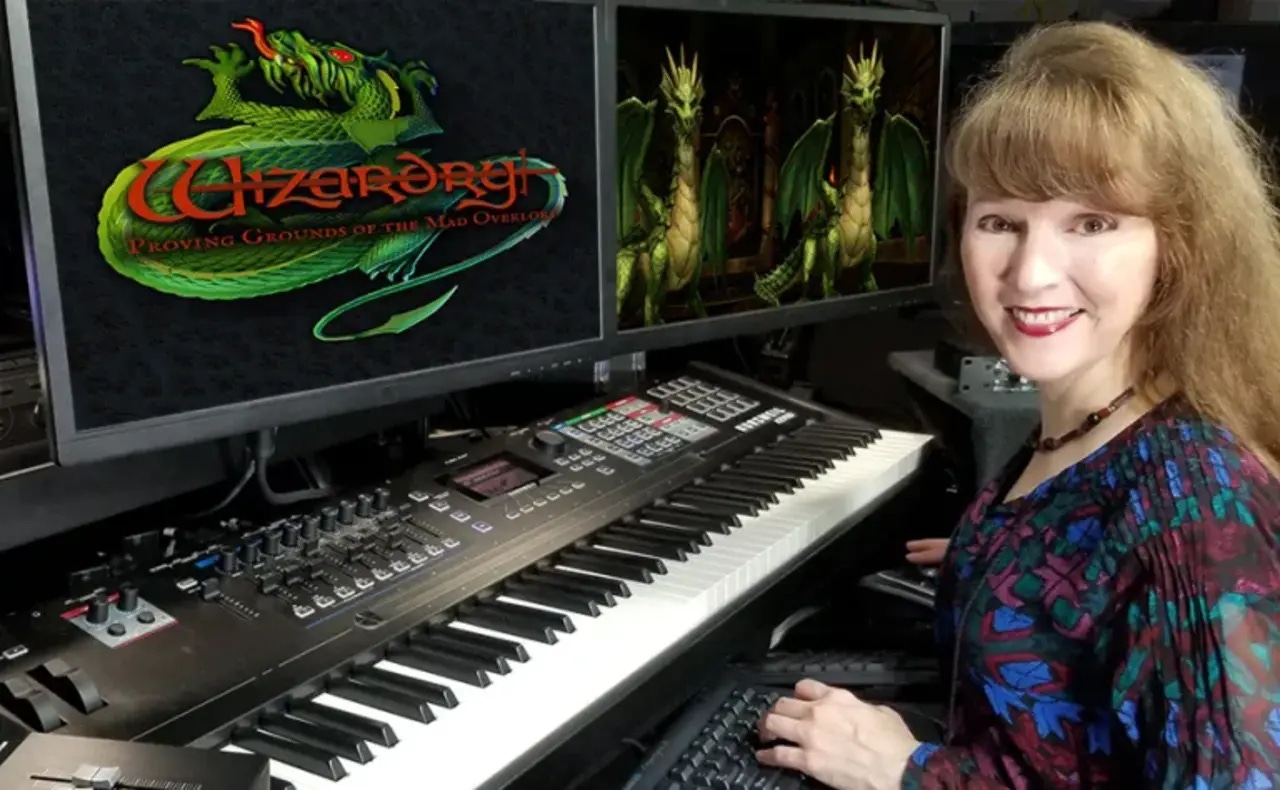Trending
Opinion: How will Project 2025 impact game developers?
The Heritage Foundation's manifesto for the possible next administration could do great harm to many, including large portions of the game development community.

Featured Blog | This community-written post highlights the best of what the game industry has to offer. Read more like it on the Game Developer Blogs or learn how to Submit Your Own Blog Post
This article discusses the world-building utility of animal vocalizations (both real and fictional) when used as sound sources for musical composition. Article based on the 2024 GDC lecture given by video game composer Winifred Phillips (latest: Wizardry: Proving Grounds of the Mad Overlord)

Hi there! I’m video game composer Winifred Phillips – my most recent game release is the music of Wizardry: Proving Grounds of the Mad Overlord: the smash-hit 3D remake of the classic 1981 dungeon-crawler (listen and download my award-winning soundtrack for free). Welcome to part three of my article series presenting the content of my talk from the Game Developers Conference 2024! My presentation, “Dial Up the Diegetics: Musical Sound Effects,” discussed the ways in which game composers can repurpose the tools and assets normally within the province of sound design experts. In order to best make my GDC discussions as widely accessible as possible, I’m now sharing the content of my GDC lectures every year in an article series that includes the full lectures, supplemented by most of the videos and many illustrations from my GDC talks.
In case you haven’t read the previous installments of this series, you can find them here:
In part two of my GDC 2024 article series, I discussed how using appropriate animal vocalizations can provide game composers with awesome sonic tools for adding evocative character to game music.

As an example, we discussed how adding seagulls to the music of an ocean-themed gameplay level can help the environment blend more seamlessly with the music supporting it. So let’s now check out another example of an animal sound that’s used less literally than seagulls at the ocean – and more in a figurative way.
Developed by Twisted Pixel Games, The Maw is a science-fiction action adventure starring a lovable blue alien named Frank and his ravenous purple pet.

With one eye and big pointy teeth, this little monster eats everything in sight. It’s a walking mouth that gets around on a single foot – like a homicidal snail. As the composer for The Maw, it was very important for me to eloquently express the inner soul of this mushy maniac. So I asked myself – what in our natural world is round and squishy, and famous for having a big mouth that’ll eat just about anything?
This is the recording of the frogs that I used in my score for The Maw. I edited down this long recording of frogs singing the song of their people, and I isolated every distinctive croak into a separate file that I could spread out across my MIDI keyboard. Here’s how that worked in the music I composed for The Maw:
As you can see, animal vocalizations are great for adding lots of character to our game music. So let’s stick with The Maw for a little longer – there are a few more examples of different ways to use creature sounds here.
For instance, at one point The Maw comes across an alien peacock-bird called a Loofer, and after he eats it, he gets special Looferbird powers that include lots of big green eyes that can shoot lasers. We don’t typically connect the idea of peacocks and laser-fire – but I wanted to keep reminding players that The Maw is shooting alien bird lasers out of his alien bird eyeballs. So, to keep this idea top-of-mind, I needed a good vocalization for an alien bird.
Ah yes, this seemed like just the right mix of weird and goofy, so I included it rhythmically in the music that accompanies The Maw during his Looferbird laser rampage. Let’s check that out:
Hearing the bird squawks helps reinforce the wackiness of the situation – but the creature voices that I used for this game score weren’t all cute and quirky.
At one point, The Maw has to face off against humongous alien Beetles. I wanted to reflect some kind of monster vocalization in the music – but actual beetle sounds aren’t intimidating.
So I looked for an alternative that would convey both huge size and surly temperament.
The ever-popular humpback whale seemed to do the trick. After editing, I ran it through some processing and delay, and then wove it into the music composition for the Beetul level:
Before we move on from our discussion of animal sounds, let’s take a quick look at another aspect of creature sound design that can be useful – fully invented vocalizations.
For the Little Lords of Twilight strategy game from BKOM Studios, I needed to create some ghoulish music for a nighttime level, so I decided to use uncanny monster sounds in my tracks. But instead of opting for a real-world vocalization, I went with heavily-processed guitar portamentos – the bending effect was very monster-like:
Let’s take a look at how that worked during gameplay:
In part four of this article series, we’ll be moving into an exploration of audio effects derived from science and technology. Until then, thanks so much for reading!
You May Also Like